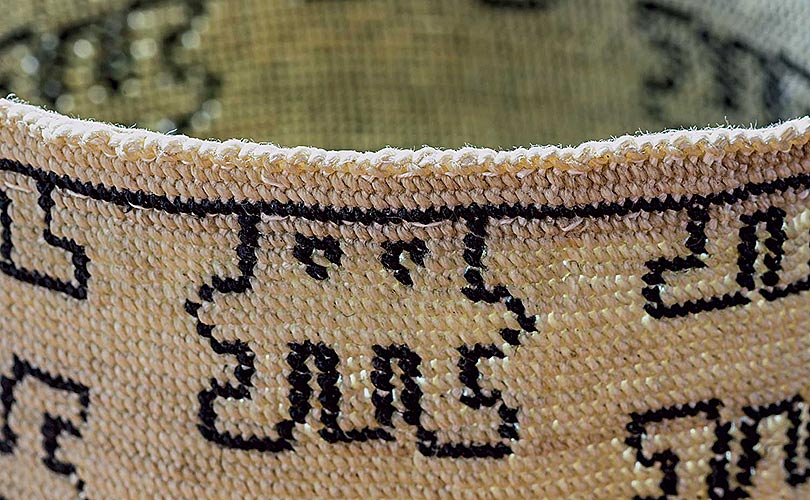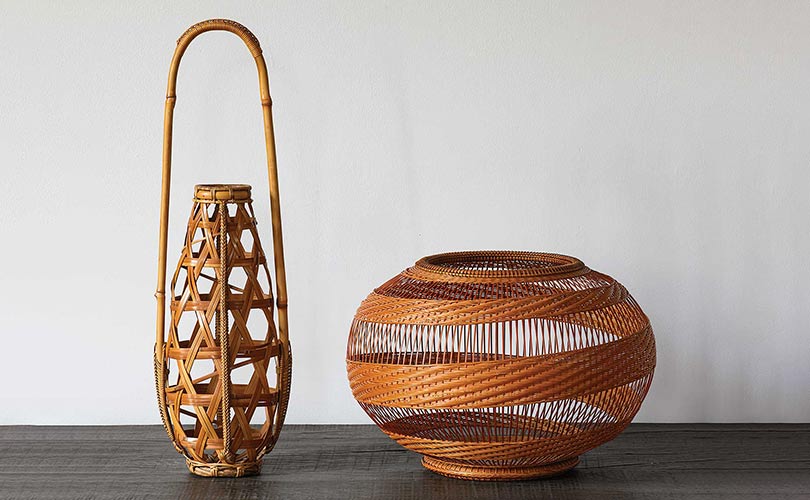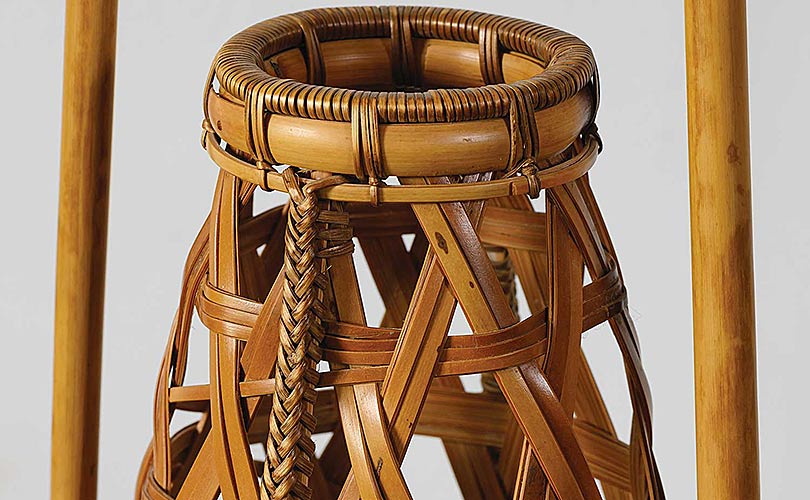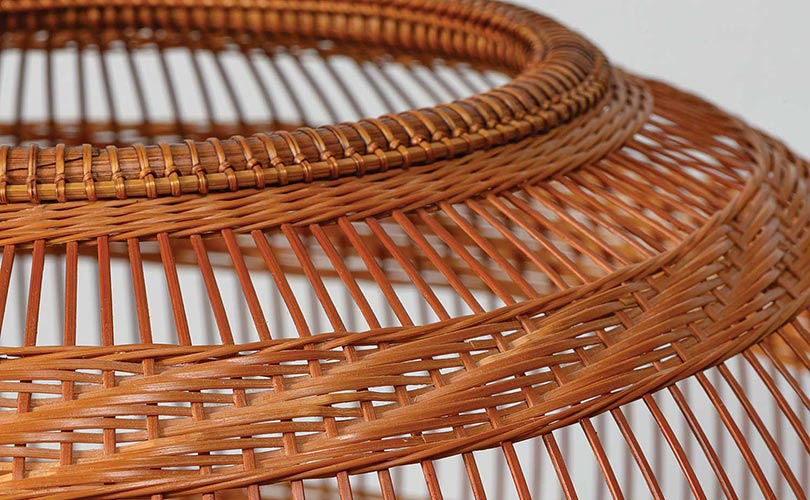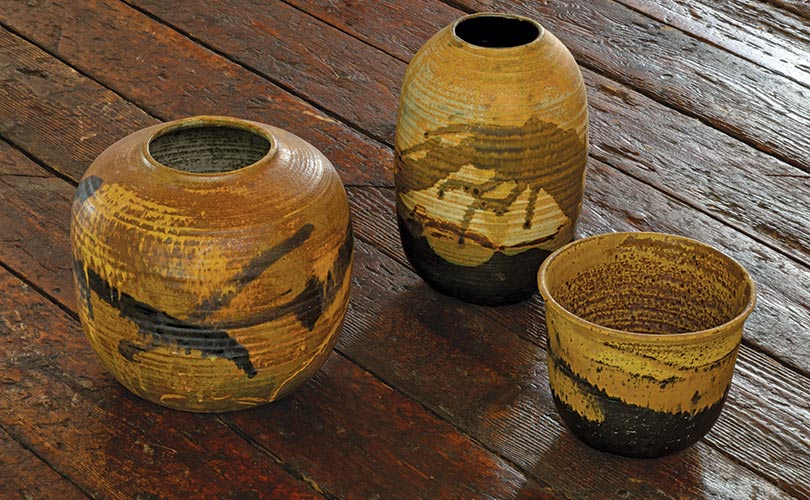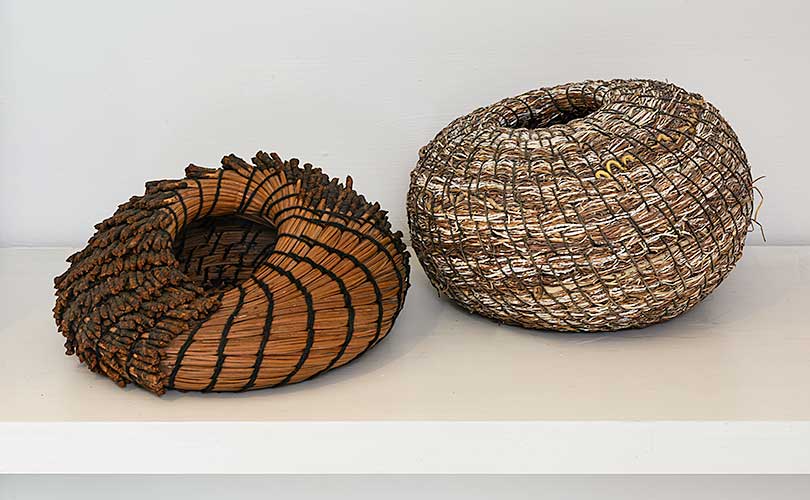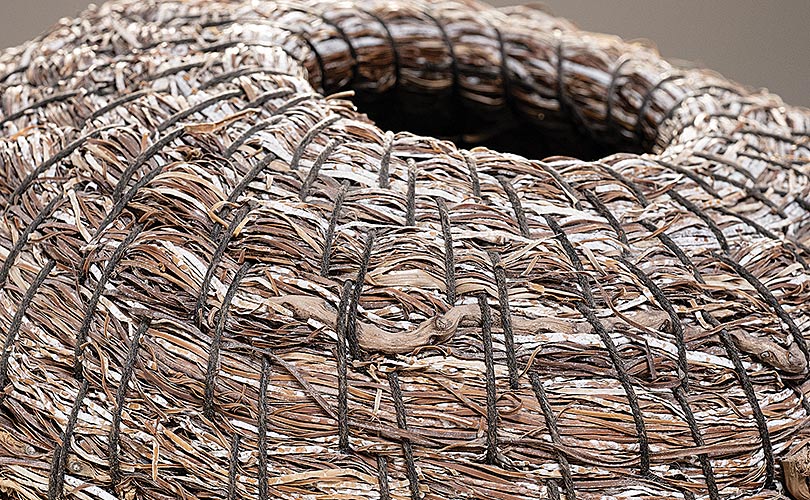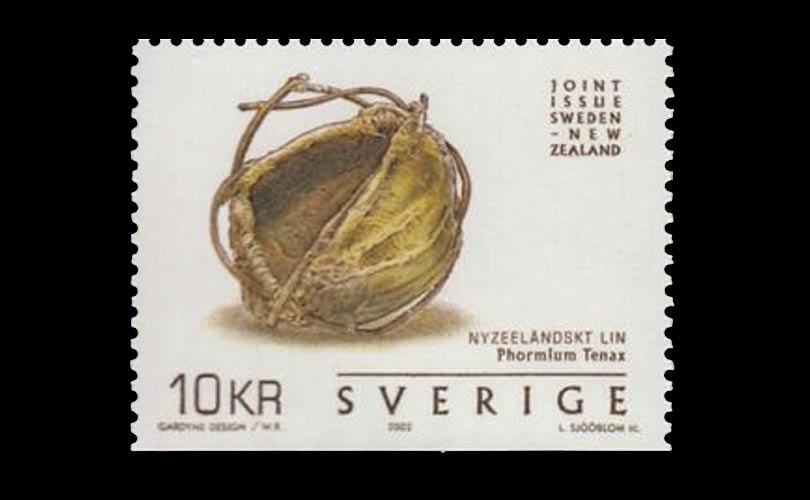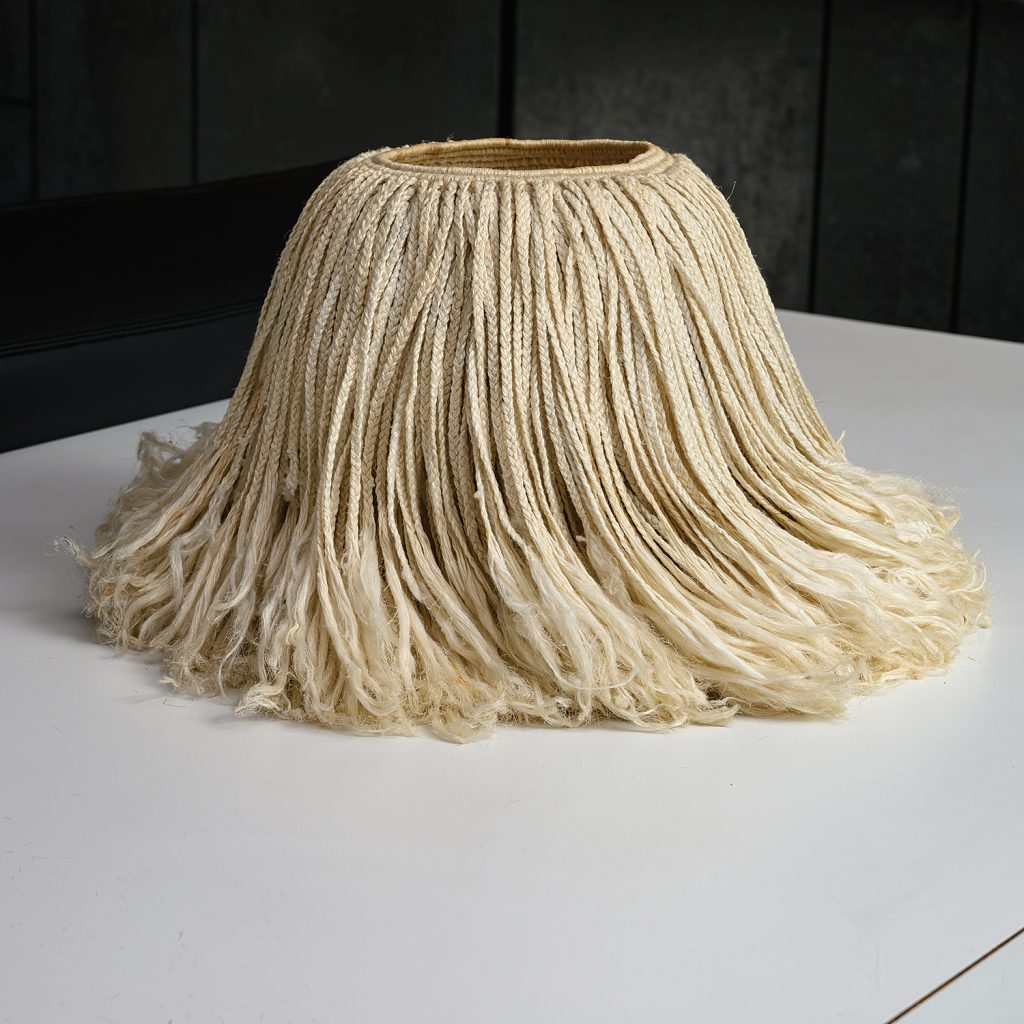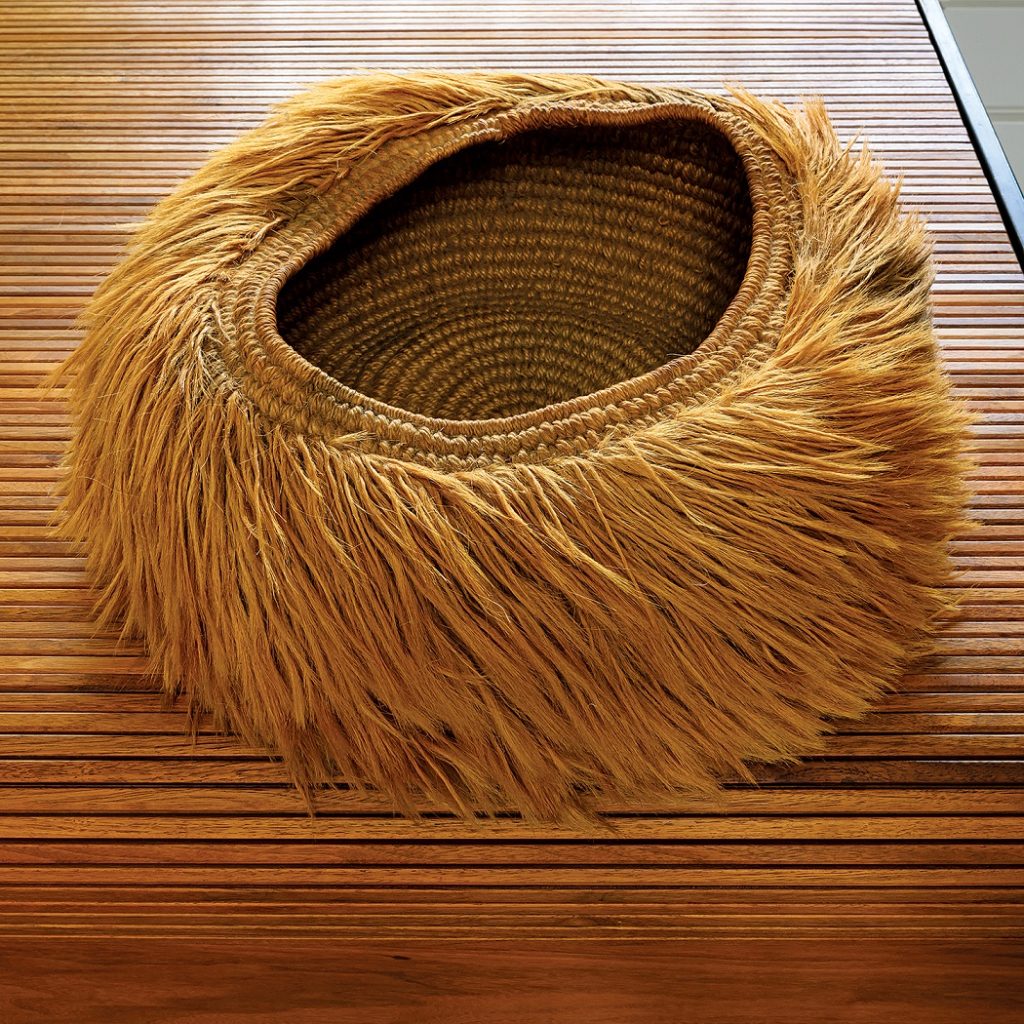As September draws to a close, we’re eager to take a look back at the remarkable artworks that have graced our New This Week series during the month. Our focus has been twofold: shining a spotlight on the exceptional talents of Chiyoko Tanaka, Karyl Sisson, Glen Kaufman, and Gary Trentham, while also diligently crafting the final details of our eagerly anticipated exhibition, Vignettes: one venue, three exhibitions.
The excitement has been steadily building as we prepare to unveil this exceptional amalgamation of artistic excellence. Vignettes will offer a trifecta of exhibitions featuring the masterful craftsmanship of wood sculptor Dorothy Gill Barnes, the visionary weaving and surface design of Glen Kaufman, and An Abundance of Objects, a captivating showcase featuring a diverse array of baskets, ceramics, and sculptures crafted by over three dozen talented artists.
Join us as we revisit the highlights from our New This Week features in September, and stay tuned for the grand reveal of Vignettes at browngrotta arts next week, where art and creativity converge in a breathtaking display.
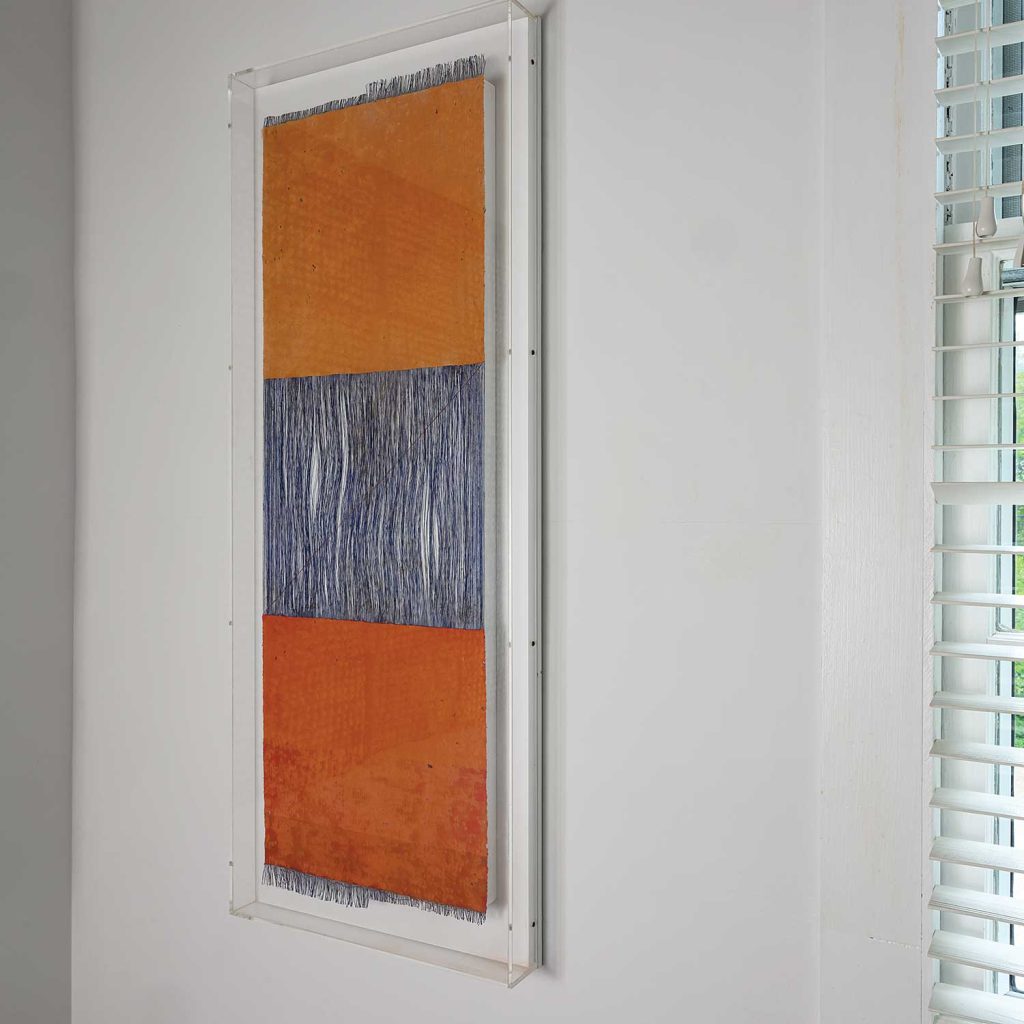
As we ventured into September, our New This Week series kicked off with an exploration of art from Chiyoko Tanaka. Originating from Japan, Tanaka’s journey through the realm of textiles has been nothing short of extraordinary. Her distinctive approach to weaving transforms the very act of creation into a profound meditation on the passage of time.
At the heart of Tanaka’s work lies the meticulous process of weaving, where each weft thread becomes a testament to the moments that have slipped by. Once the cloth is woven, she embarks on a ritualistic “grinding” process, where she rubs the fabric ceaselessly with tools like brick or white stone. This unique technique results in textures that convey not only her artistic prowess but also the essence of time itself.
In the world of contemporary Japanese textiles, Chiyoko Tanaka’s work stands as a testament to the captivating interplay of tradition and innovation. Her art invites us to delve into the very fabric of time and texture, and we are thrilled to have shared her remarkable creations this September.
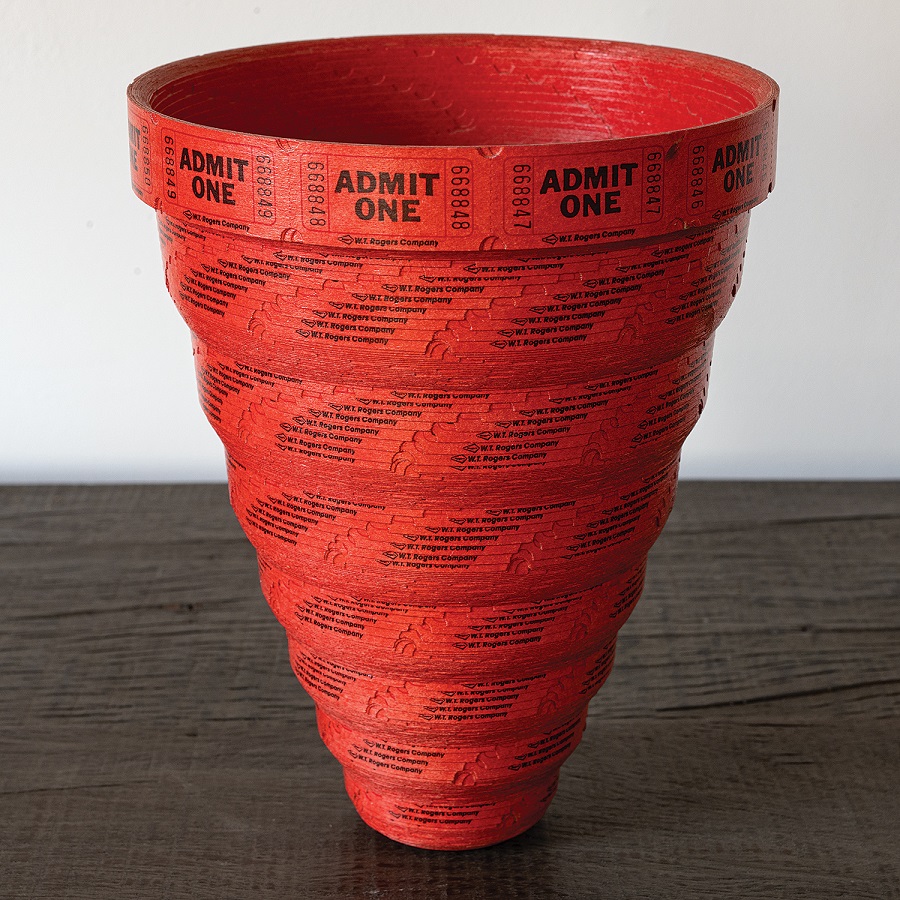
As September continued to unfold, our spotlight turned towards renowned artist Karyl Sisson. Hailing from Los Angeles, Sisson’s art is an enchanting interplay of tradition and modernity, a fusion of the ordinary and the extraordinary. For over three decades, she has masterfully woven together the fibers of everyday life, breathing new life into discarded materials.
Sisson’s creations are a testament to her ability to find beauty in the overlooked and underappreciated. In her hands, paper straws are transformed into intricate sculptures that echo the patterns of cells and organisms, giving birth to objects that seem to grow organically.
Beyond the surface, Sisson’s work delves into the heart of domesticity and traditional gender roles, inviting us to reconsider the significance of the everyday. Her art isn’t just a celebration of creativity; it’s a profound reflection on our interconnectedness with the materials that surround us.
As we explored Sisson’s captivating creations this September, we were reminded that art can be found in the most unexpected places, awaiting those with the vision to see it. You can see her work in An Abundance of Objects, part of this Fall’s “Art in the Barn” exhibition at browngrotta arts October 7 through the 15th.
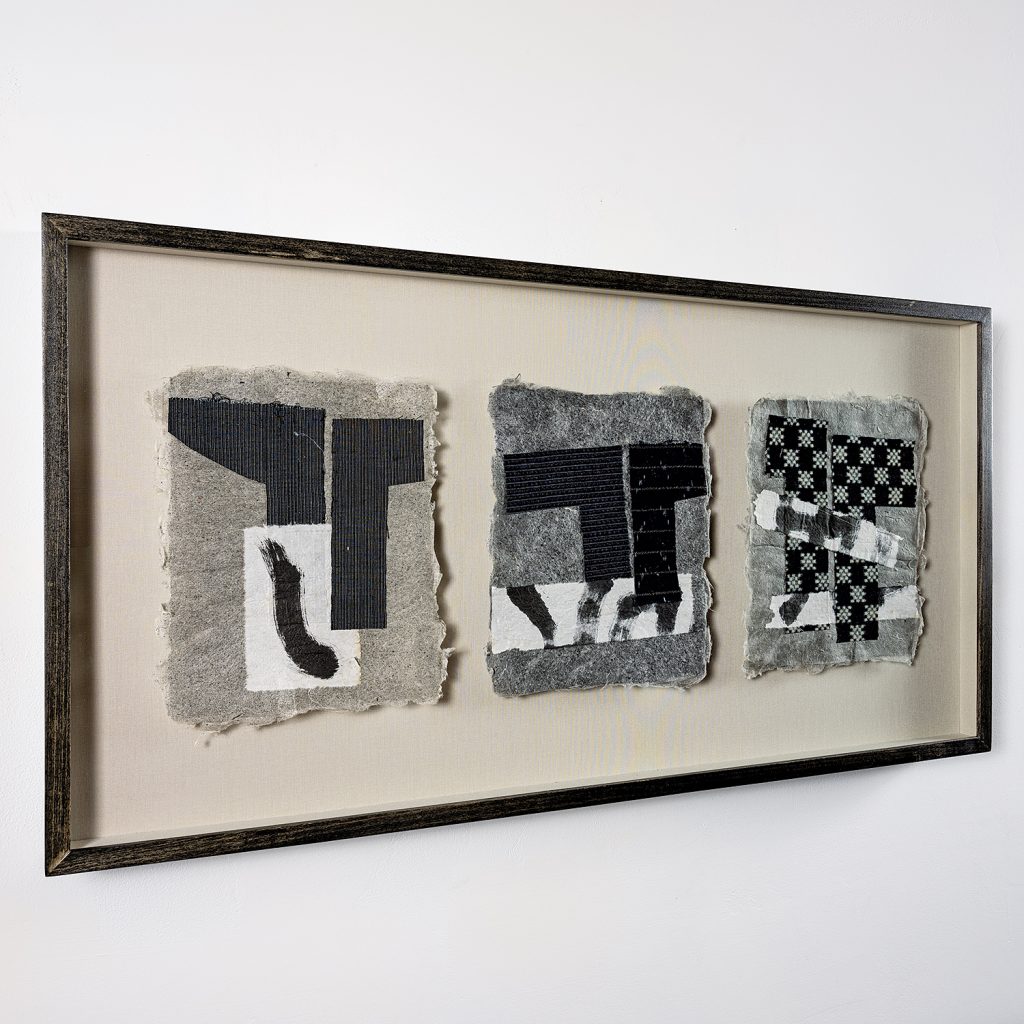
21” x 41” x 2.5” (each), 2010. Photo by Tom Grotta.
Up next, we were privileged to feature the remarkable works of the late, renowned artist Glen Kaufman. Kaufman’s artistic legacy, spanning over four decades, left an indelible mark on the world of surface design. His creations were not just artworks; they were intricate dances between texture, form, and visual storytelling.
Kaufman’s artistic odyssey began with textural weaving and macramé, but his restless creativity led him to explore uncharted territories in the realm of surface design. His innovative approach was a fusion of traditional techniques and contemporary sensibilities, creating sculptural forms that challenged the boundaries of artistic expression. His later works, adorned with photo collages and the application of gold and silver leaf, reflected a profound connection with Japanese aesthetics and architecture, showcasing the global influence on his artistry.
As we celebrated Kaufman’s contributions this September, we were reminded that true artistry knows no boundaries of time or place. We’re honored to continue his legacy by featuring his art in our upcoming exhibition, Glen Kaufman: Elegant Eloquence and of three exhibitions that make up Vignettes!
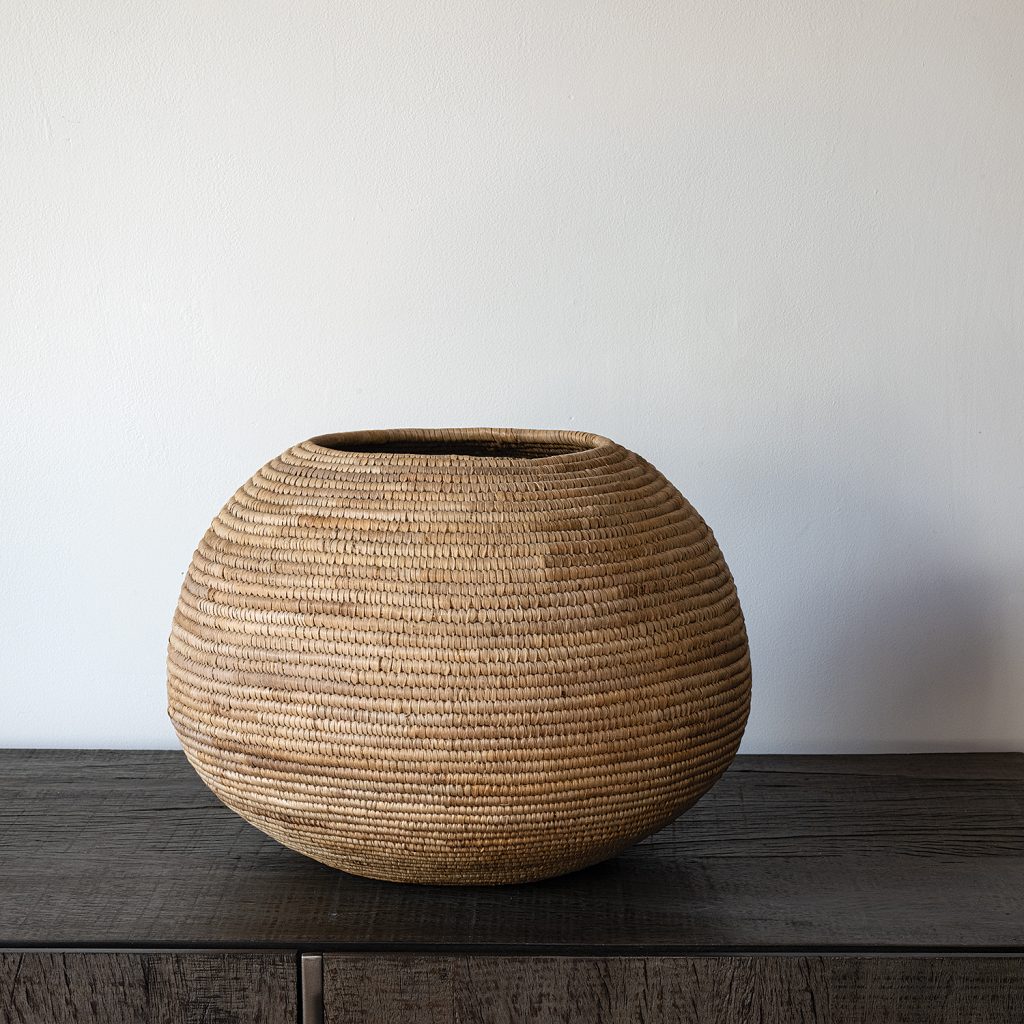
As we conclude our artistic journey through September, we pay tribute to the late Gary Trentham, a luminary in the realm of woven textiles and fiber sculptures. Trentham’s artistic roots ran deep, nurtured by a childhood fascination with textiles that would later become his creative muse.
Trentham’s distinctive path to artistic prominence is a testament to his passion and dedication. His baskets, with their quiver-like forms, challenged the conventional perception of textiles and sculpture. Trentham’s artistry was a symphony of form and function, where fabric became a malleable medium for his boundless imagination.
We look forward to featuring Trentham’s extraordinary creations in our upcoming exhibition, The Art of Abundance, one of three exhibitions in Vignettes.
As we close the chapter on September, we eagerly turn the pages to October, where our upcoming exhibition, Vignettes, awaits. We hope to see you all there!


